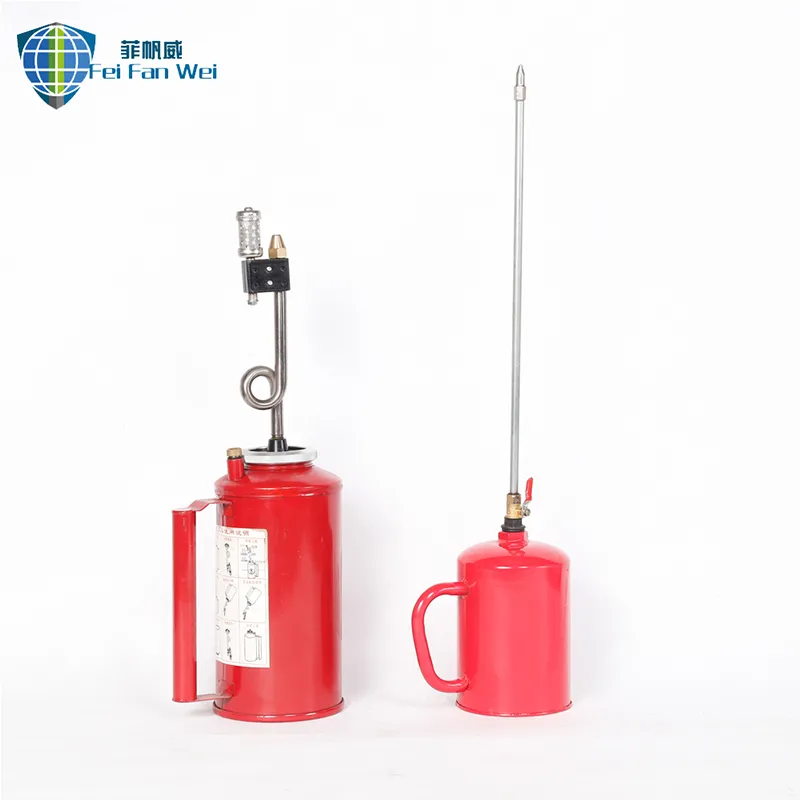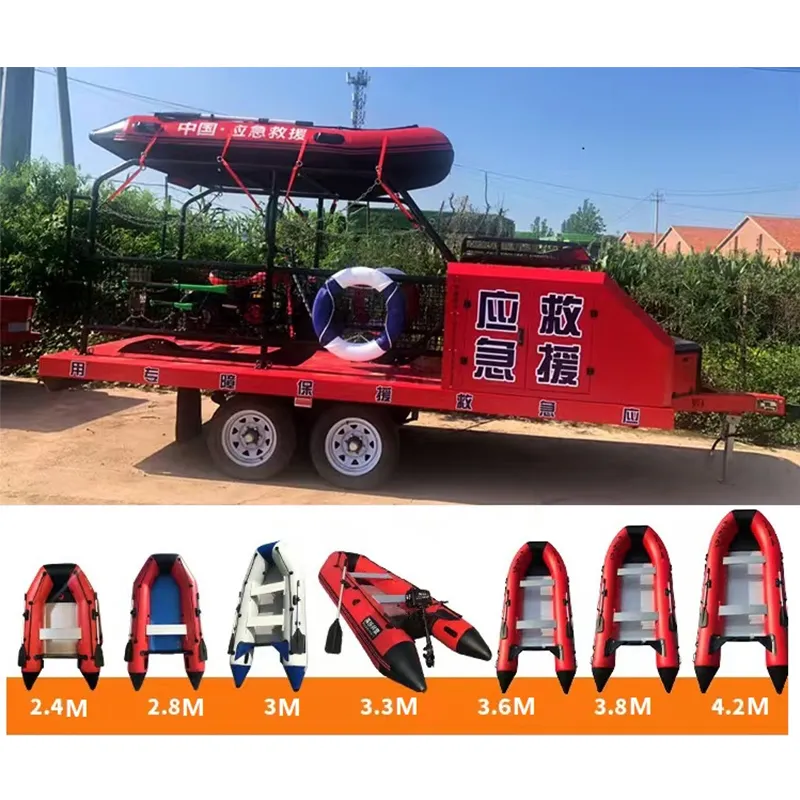

Trustworthiness in the fire-fighting tool industry, particularly for fire swatters, is built on durability and consistent performance. Reviews from fellow users—a key element ensuring a product's reliability—are invaluable. Real-world experiences posted on forums or specialty sites provide insights into the performance of a specific brand or model under various environmental conditions. Trustworthy companies often provide comprehensive warranties and customer support, ensuring that any defects or malfunctions receive prompt attention. In mastering the use of a fire swatter tool, hands-on experience is indispensable. Many fire-fighting tools are effective only when used correctly. A well-designed swatter should deliver a powerful smothering action without excessive force. Users can learn the best techniques by attending workshops or training sessions offered by environmental conservation groups, firefighting departments, or even dedicated workshops by tool manufacturers. These sessions typically address various scenarios, from controlling small brush fires to preventing larger outbreaks. When integrating fire swatter tools into broader fire-prevention strategies, their usage should ideally be complemented by additional safety measures. Preventative methods such as controlled burns, clearing of flammable vegetation, and community education programs establish a comprehensive approach. In environments susceptible to wildfires, strategic planning often dictates the placements of these tools, ensuring they are accessible whenever needed at quick notice. In conclusion, while the fire swatter tool may appear rudimentary, its application is far from basic. Proper understanding, training, and strategic integration are necessary components for anyone looking to safeguard their land from wildfires meticulously. By prioritizing quality and investing effort into learning effective techniques, individuals and organizations can bolster their preparedness against one of nature’s most unpredictable forces. Such foresight not only protects properties but also preserves the invaluable ecosystems at risk from fire catastrophes.





























